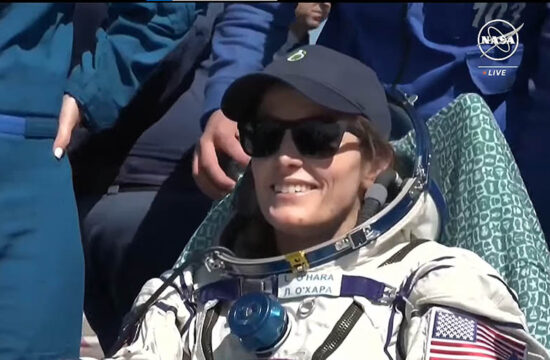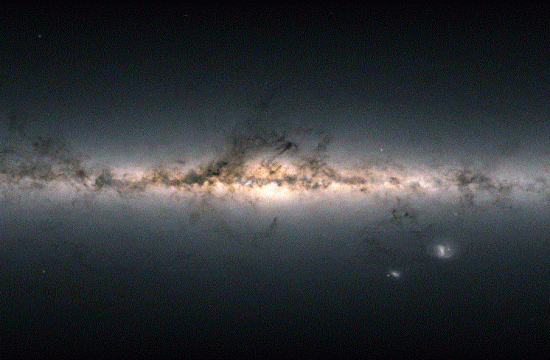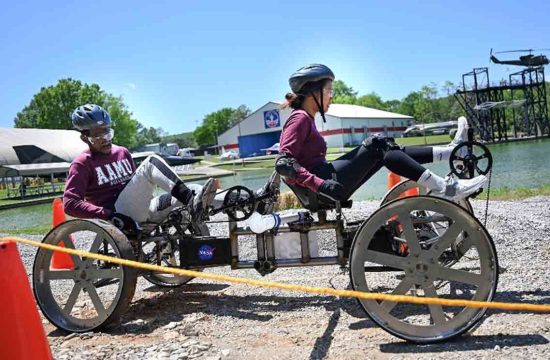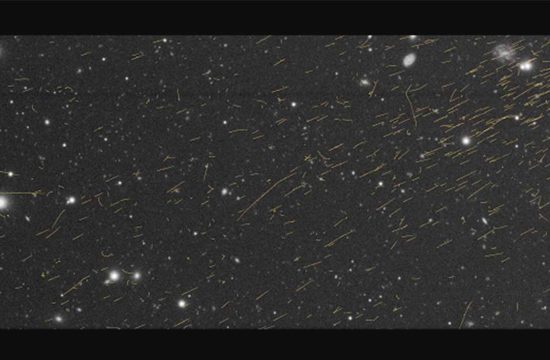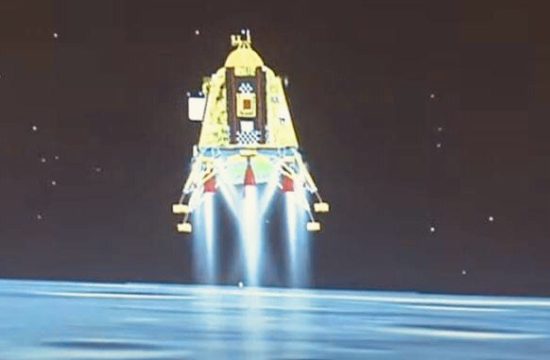ESRO-2 control room at ESOC, Darmstadt, Germany, in 1968.
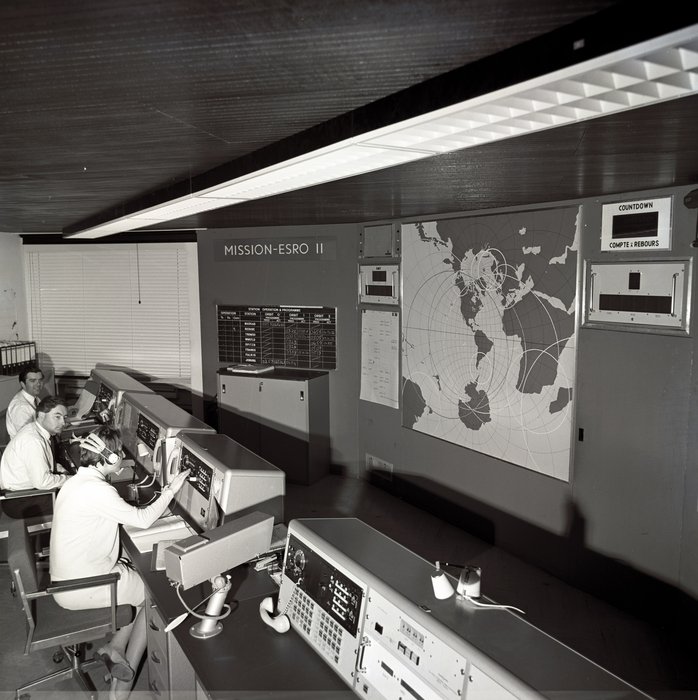
On 17 May 1968, the ESRO-2B satellite was launched by a Scout-B rocket from Vandenberg Air Force Base in California, USA, and became the first mission controlled by teams at the European Space Operations Centre (ESOC), Darmstadt, Germany.
Renamed the International Radiation Investigation Satellite (or ‘Iris’) once in orbit, it was the first developed by the European Space Research Organisation (ESRO), a predecessor of the European Space Agency. ESRO’s first satellites concentrated on solar and cosmic radiation and their interaction with Earth and its magnetosphere.
ESRO-2A had been launched on 30 May 1967 from the same base in California, but the fourth stage of its rocket failed to ignite, and the satellite subsequently burned up in the atmosphere. The 74 kg ESRO-2B replacement carried the same seven experiments.
Although its design life was only one year, most subsystems and four experiments were still returning data by the time atmospheric drag produced reentry on 9 May 1971.
The mission was the first to be controlled from ESOC, which had been inaugurated eight months earlier, on 8 September 1967.




